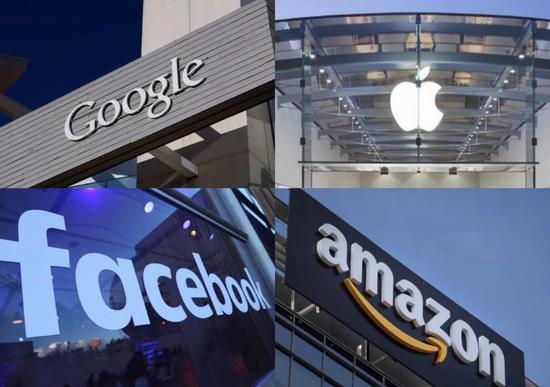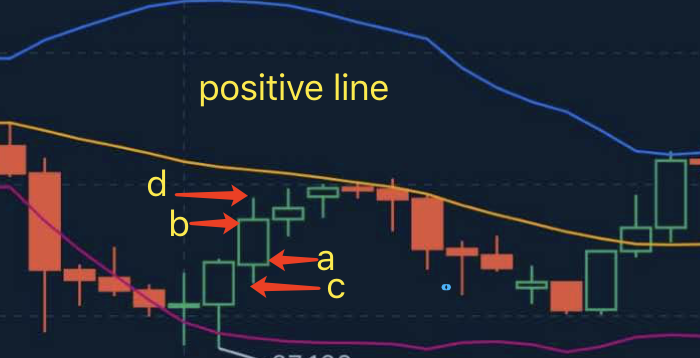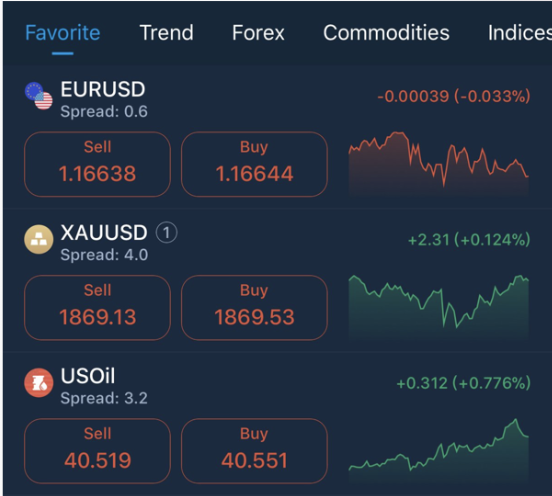
Are US tech giants the new Nifty Fifty?
2021-07-05The COVID-19 hit the global economy this year, but under the leadership of technology giants such as Apple, Tesla, Amazon, Alphabet, Facebook, and Microsoft, the Nasdaq Index continues to set new record highs.
Tesla, Facebook, Amazon, Apple, and other highfliers now look a lot like the 'Nifty Fifty' bubble stocks of the 1970s.
Nifty Fifty
In the United States, the term Nifty Fifty was an informal designation for fifty popular large-cap stocks on the New York Stock Exchange in the 1960s and 1970s that were widely regarded as solid buy and hold growth stocks or "Blue-chip" stocks.
These 50 stocks include Coca-Cola, Walt Disney, IBM, Philip Morris, McDonald's, etc.
The world back then was their oyster. These were one-rule stocks — and that rule was to buy them at any price. They were great companies and how much you paid for them was irrelevant until it wasn't.
Dot-com bubble
The dot-com bubble began when internet browser provider Netscape joined the tech-focused Nasdaq stock exchange on 9 August 1995. This loss-making company, which had only been founded in 1994, made its stock market debut at US$ 28 per share. During the first day of trading, the share price hit almost US$ 75 at times. Anything internet related that had '.com' or 'e-' in its name went down a storm with investors from the mid-1990s onwards, regardless of whether there was a robust business model behind it or not. Investors became greedy when faced with making huge gains from the seemingly endless worldwide web.
These inflated expectations reached their peak at the start of 2000. The Nasdaq Composite index had grown fivefold in five years.
When the tech bubble finally burst in March 2000, trillions of market value went up in smoke. In this phase of disillusionment, the Nasdaq fell by almost 80% and closed at 1,114.11 points on 9 October 2002.
Dot-com bubble 2.0?
At their peak, the Nifty Fifty comprised almost all the gains of the S&P 500. If that fact sounds eerily familiar, that's because today's Nifty Fifty are Facebook, Apple, Amazon, Netflix, Alphabet, Microsoft, and Tesla.
Just like the Nifty Fifty of yore, these stocks are dominant companies of their day. They touch every aspect of our lives. Also, they have strong brand strength, frantic buying by investors.
Like a SpaceX rocket lofting a Tesla Roadster into orbit, Tesla stock is on a vertical trip into outer space.
In 2019, Tesla's stock price has risen by about 800%, and it has risen by more than 330% since the beginning of 2020. Some analysts believe that Tesla is 'one of the most dangerous stocks' on Wall Street.

The debate over Tesla's stock price has never stopped.
Tesla stock bulls typically argue that the company is dominating the nascent global electric vehicle market, and comparing the stock and its valuation to legacy auto stocks is irrelevant.
Tesla bears often point out that the stock's valuation is extremely high, even compared with high-growth tech stocks, and Tesla will face an unprecedented wave of new competition in the next couple of years.
It may have a wonderful, viable business for many years to come, but the natural competition of the marketplace makes it extraordinarily difficult for any company to remain dominant for perpetuity. That's why valuation matters.
If investors held many of the Nifty Fifty stocks from 1972 to 1992, they would have delivered a decent (10%-plus) return. This sounds great in theory, but most investors would have lost patience after ten years of zero- or negative return. Put another way, the shareholders who bought these stocks in 1972 were most likely not the ones who profited from them in 1992.
The Nifty Fifty showed us that a company's greatness and past growth are not enough is still true. Starting valuation, what you actually pay for a business has always mattered and still does.
 English
English
 简体中文
简体中文
 Tiếng Việt
Tiếng Việt
 Malay
Malay
 Indonesia
Indonesia
 Deutsch
Deutsch
 Français
Français
 Español
Español
 Italiano
Italiano


